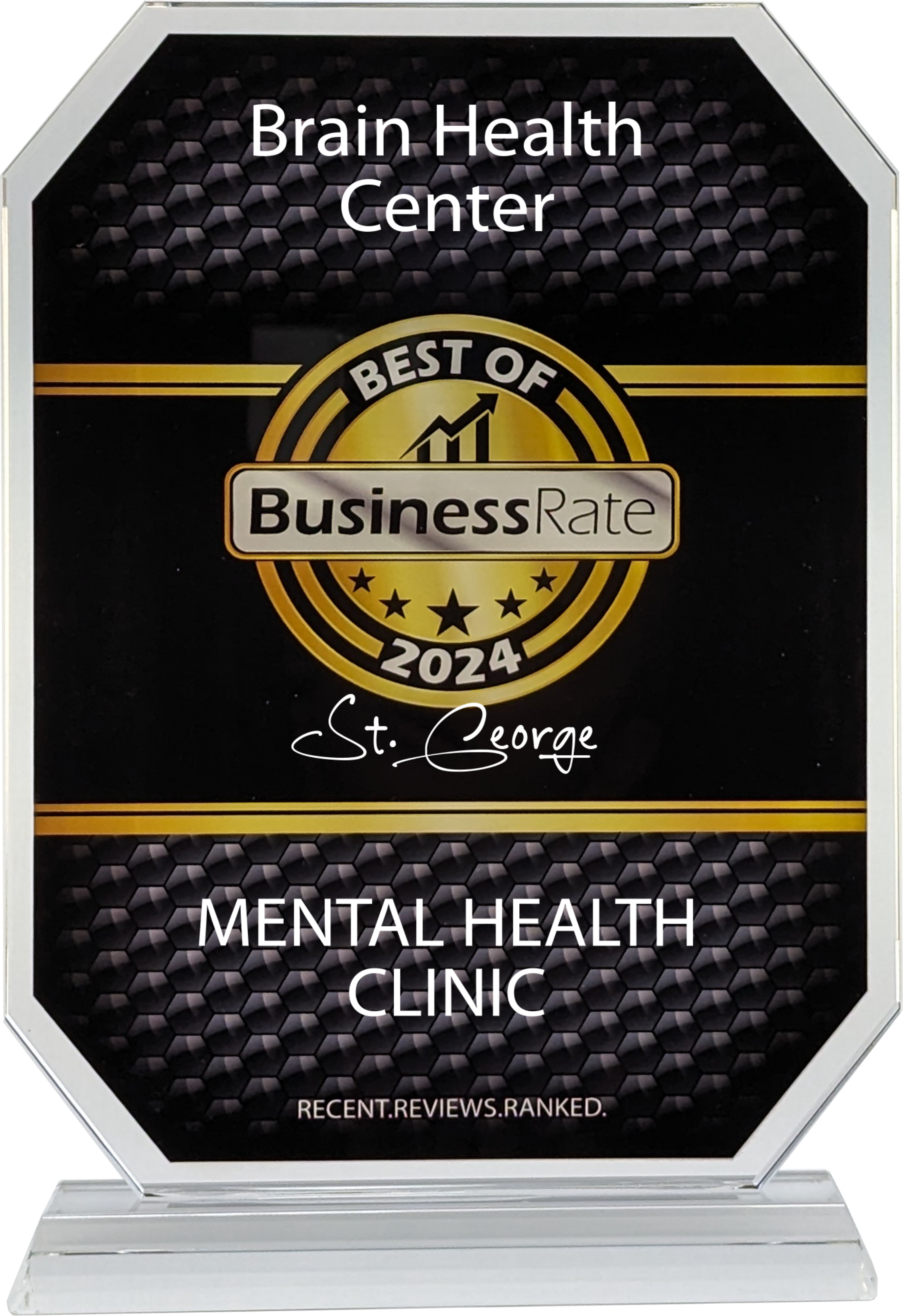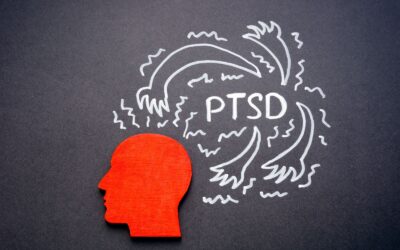Post-traumatic stress disorder really takes a toll, but there’s something promising on the horizon — TMS therapy. It uses magnetic fields to target key brain areas, offering relief where pills and talk therapy might not reach. In this blog, we're going to dive into...
TMS Therapy Articles
The Science Behind ADHD: How the Brain Functions Differently
ADHD is a condition we've all heard of. It affects countless kids and adults, yet there's so much more beneath the surface, especially regarding how the brain functions differently. In this blog, we're going to unpack the science behind ADHD, exploring the specific...
The Role of TMS in Managing Manic Episodes in Bipolar Disorder
Let’s dive into a topic that’s both fascinating and vital in the world of mental health care — managing manic episodes in bipolar disorder. Bipolar disorder presents unique challenges, particularly when it comes to the highs of manic episodes, which can be intense and...
The Best Therapy Options for College Students Struggling With Anxiety and Depression
College is an exhilarating time filled with new experiences, friendships, and opportunities for growth — and, for many, anxiety and depression. However, for many students, it is also a breeding ground for stress and mental health challenges. The demands of...
Breaking Down TMS Therapy for Suicide Ideation
Dealing with suicidal thoughts is incredibly challenging, not only for the person experiencing them but for everyone around them. It's a situation that calls for immediate and effective intervention. That's where Transcranial Magnetic Stimulation for suicidal...
Changing the Game in Pain Management with TMS
Pain management has long been a critical yet challenging aspect of healthcare. It has often relied on traditional methods like medication, physical therapy, or even invasive surgery. However, a groundbreaking approach is beginning to transform the field: TMS therapy....
How TMS Therapy Can Help Improve Symptoms of Autism
Autism Spectrum Disorder really brings a unique set of challenges, impacting everything from communication and behavior to social interactions, and it varies so much from person to person. As we keep looking for effective ways to help, there’s a newer promising...
Innovative Addiction Treatments You Need to Know About
Addiction is a complex and often relentless struggle that affects millions of lives worldwide. While effective for many, traditional treatments don't always provide the breakthroughs needed for long-term recovery. This has led to a surge in innovation within the...
Coping Strategies for Panic Disorder: Techniques to Stop Attacks in Their Tracks
If you have been grappling with panic disorder, you're all too familiar with the rush of fear and overwhelming sensations that come with panic attacks. It's not merely about feeling anxious — panic disorder can seriously disrupt your daily life, making even the...
TMS Therapy vs Medication for ADHD: Which Is More Effective?
Are you or someone you know grappling with ADHD and searching for the most effective treatment options? While medication has long been a staple in managing ADHD, TMS therapy has emerged as a compelling alternative, offering new hope to those seeking different...
It's Time To Heal
For many of our friends seeking wellness, TMS is an incredible solution. Get started now with our team.











